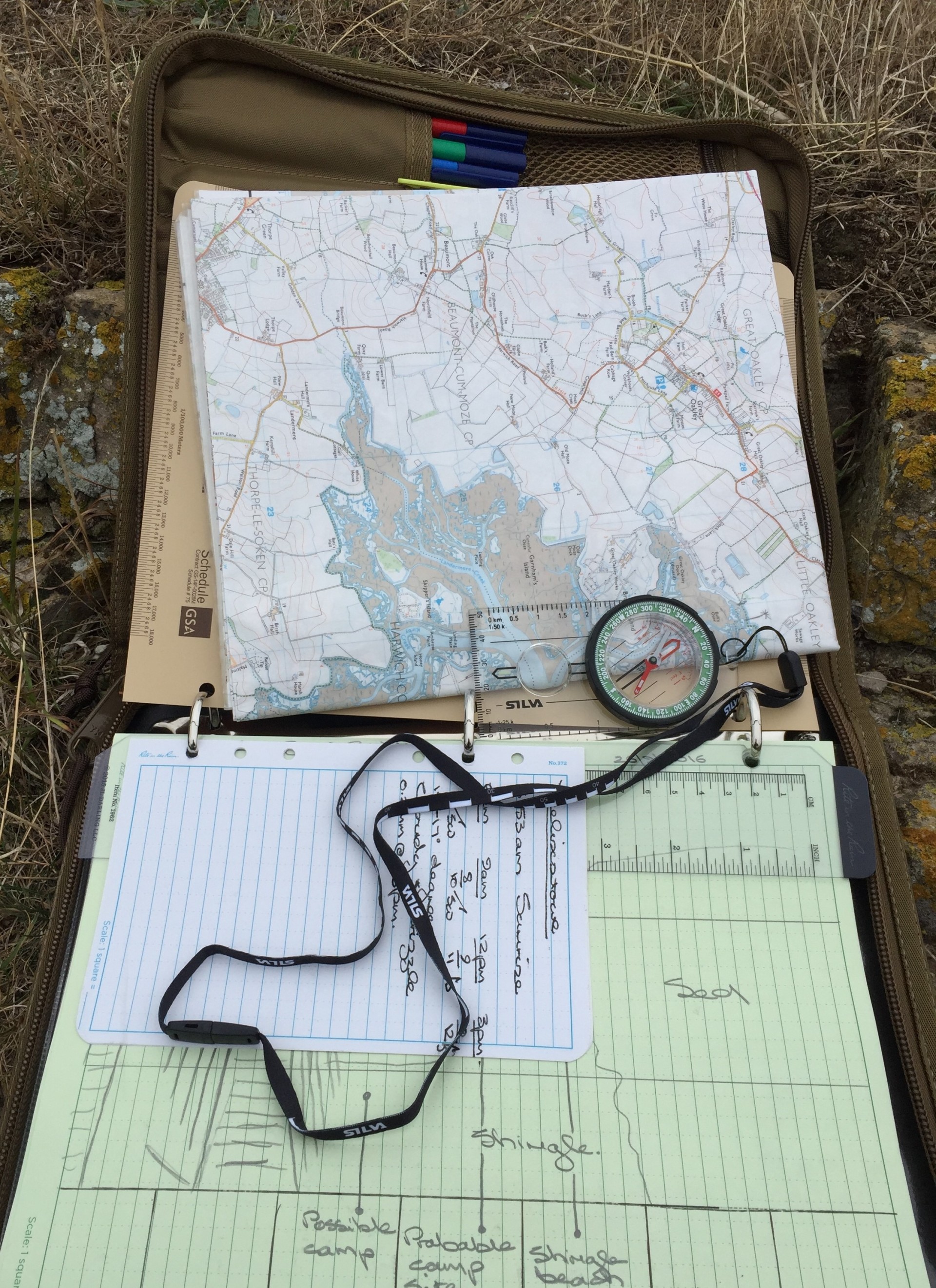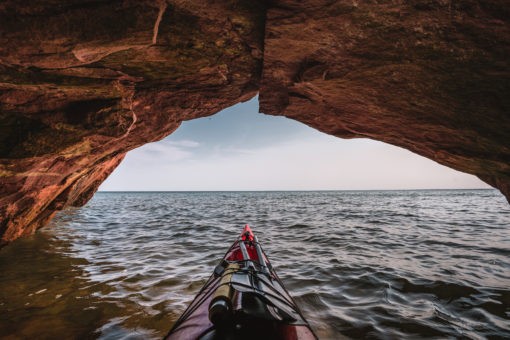
To ‘Go’ OR ‘No Go’, that is the question?
This week we are going to digress from our ongoing articles for our hikers and trekkers and considering that we are officially well into spring 2018 and the weather is warming up, we are going to consider the ‘Go’ OR ‘No Go’ scenario. In other words, when is it safe to launch and paddle and when it’s not and how to decide?
First things first; always paddle with at least two other paddlers, preferably three where possible, so that a quick and efficient recovery can be completed in case of a capsize – one ‘casualty’, one ‘rescuer’ and one paddler on ‘safety’.
Now let’s be honest and realistic, there are a lot of paddlers out there that paddle on their own. It can be difficult to find other sea kayakers at your skill level to join you on a particular day that you are going out.
So many folk simply go for a ‘quick one’ on their own. If you are a competent paddler, with a solid roll and a very solid self-recovery, then it is reasonable for you to launch in flat calm conditions and stay close to shore with plenty of ‘bale out points as a contingency in case the weather changes or things go wrong. Of course, having at least five methods of calling for assistance on your buoyancy aid is a requirement if you have any sense at all.
So working on the basis that you are going out with at least two other paddlers and you know your skill set, for the sake of this discussion, let us assume you are all at the same skill level with a 70% reliable roll on one side, efficient assisted recovery and a solid self-recovery. It all starts at the planning stage from your living room table; good planning prevents poor performance. The better your planning, the better your paddle will be and the safer it will be. So the guidelines are simple and as follows;
Plan YOUR remit i.e. the conditions that YOU are comfortable and confident in. As an example this may be 15 knots of wind or less, no more than 2 miles from a safe landing, surf to a maximum of 3 feet, swell to a maximum of 6 feet, no overfalls et cetera.
Plan your route including launch, landing, facilities at both, bale out points en route, danger areas, overfalls and tidal streams, surf, strong current etc.
Gather your weather data (applications, television, radio, search engine)
Gather your tidal data (applications, search engine, almanacks, local tidal Guides)
Put all of this information together to form a ‘picture’ of what the environment will look like i.e. swell, wind, visibility, difficult or easy paddling, landings, parking and facilities.
Do the work at the planning stage gathering as much detail for your chosen route as possible and don’t be overzealous with distances i.e. pick an easy route for your skill level ideally with the options to extend the distance or pop in and out of more challenging environments such as features, rock gardens, caves and gullies, surf and so on.
Assuming you’ve done thorough planning and you now arrive at your launch, this is your opportunity to get ’eyes on’ and look at the conditions as closely as possible (use good binoculars if you can) and assess whether you still want to launch. Remember, the sea state always looks better (easier) from the land; its usually a lot bigger or more challenging once you are out and in it. A good tip is to speak to the locals (fishermen, boat owners, water-based businesses or residents) and get their advice on the dangers, good and bad spots and the direction of the flow of the tide on a flood or an ebb.
Act like a professional and be correctly and cleverly equipped.
Guidelines are;
Carry as many means to call for help on your buoyancy aid as you reasonably can; VHF radio, smoke and rocket flare combination OR laser flare, heliograph mirror, a good pea whistle, emergency strobe plus a good knife. Personal location beacons are now available in the open market and a great item if you are really remote. These items will be no good to you if they are in your day hatch and you are in the water without your boat!
Carry a good set on in date flares AND a warm pair of wet gloves to don when you are cold and need to use your hands to deploy a flare. Ensure both are easily and quickly accessible from your cockpit and from the water.
Carry extra warm clothing, a warm drink in a flask, extra food and plenty of drinking water. A lot can be said for a bothy bag on an exposed windswept beach in the middle of winter or summer for that matter! A storm cag is a great option too and highly recommended.
Leave a shore-based ‘paddle plan’ with a loved one and a ‘call time’ i.e. a time that you will report in my telephone, text message or any other means so that the shore-based individual knows when to call the emergency services. Not that you’re in the pub having a drink somewhere while the coastguard helicopter is out on a search pattern looking for a casualty in a force eight gale! It has happened folks!
So that’s about it – remember the focus here is on good planning. After all, if you get to your launch location and the conditions don’t look favourable and you ‘no go’, you still have the plan in place for another time.
We’d always recommend you get some professional training so have a look at the course ‘Navigation; Trip Planning for Sea Kayakers’ listed on our website at www.nomadseakayaking.co.uk.
Fare conditions and safe paddling.

Bethany is a regular sea kayaker on the east coast with a track record of 11 years sea kayaking around the isles of the UK and abroad. She has strong views on local issues in Suffolk and the East of England and is a regular contributor to publications here in the UK. Bethany’s writing initiates thoughtful, open and positive online discussion and debate on all things sea kayaking and environment related for NSK. She is a member of the Alliance of Independent Authors and a self published writer. She is also a member of the Writers' Guild of Great Britain and a new guest contributor to NOMAD Sea Kayaking.